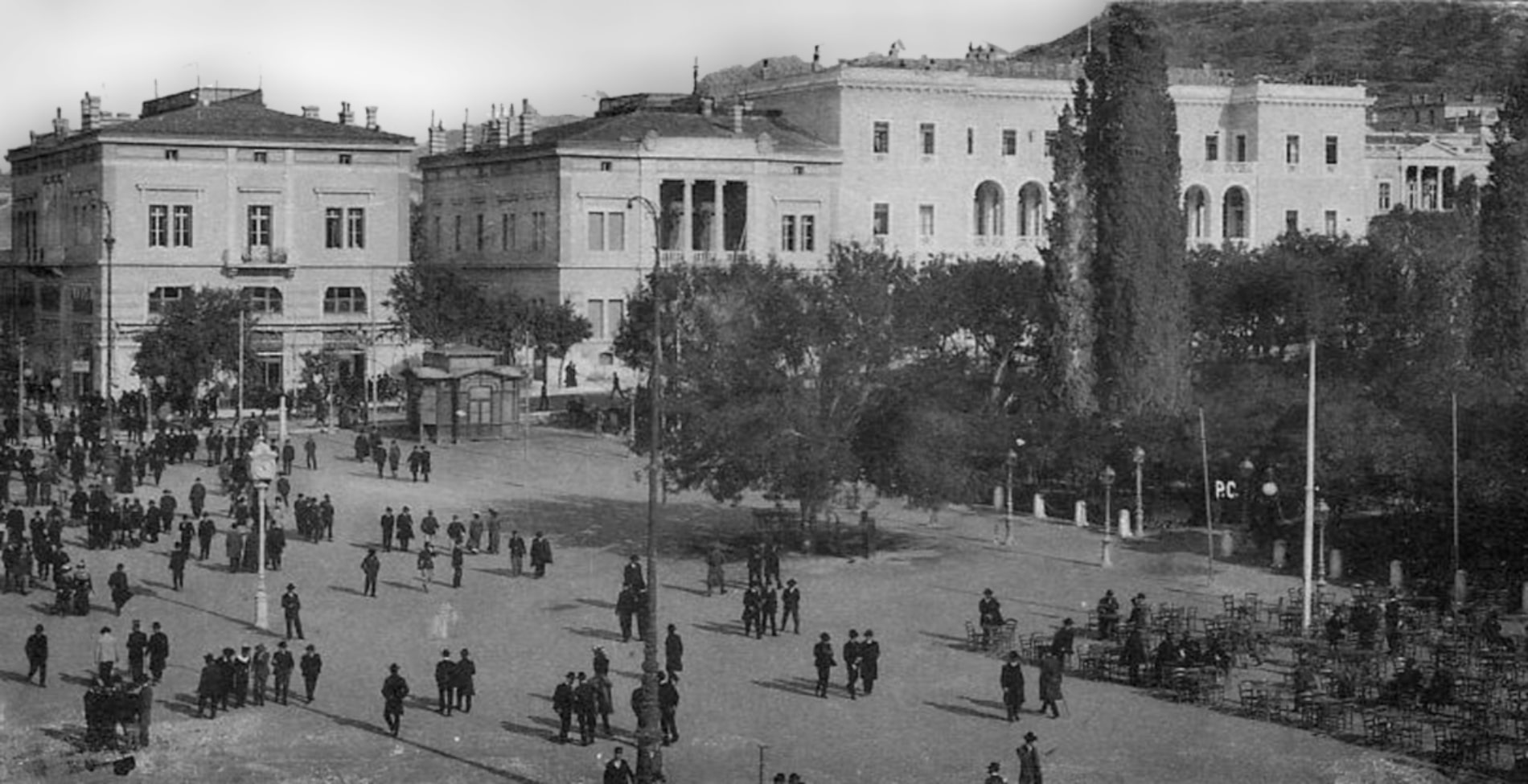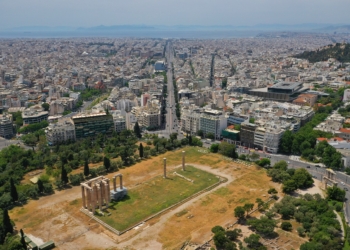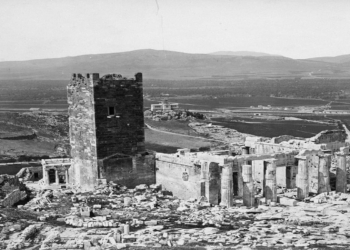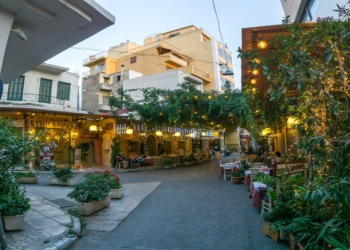It is definitely the busiest and most crowded square in Greece. It’s the palce where people pass by imn order to go to their daily jobs. Tourists who visited Greece passed by it. For all people, old and young, who have gone for a walk or shopping in Athens, Syntagma Square is undoubtedly a trademark of the capital and one of the oldest in the country. It also belongs to the 100 largest squares in the world.
The history of Syntagma Square
Syntagma Square, in Athens, was named after the Constitution, which Was forcefully granted by King Otto due to the popular uprising of September 3rd in 1843. This square, together with the Omonia Square, have always been and are the two reference points of the city. Today it is surrounded by important buildings of Greece’s capital, namely the Parliament building, the historic hotel “Great Britain” and the buildings of other Central Public Bodies. However, it didn’t always have the look that it has today. In fact, if someone looked at old photos, they would see something completely different. A large area or – to be more accurate – a large field in the center of Athens.
In any case, Syntagma Square began to take its initial form in 1834. Until 1843, when the revolution of the people of Athens demanding a Constitution, took place it did not have an official name. In many writings, however, it is referred to as the “Palace Square”.
What was the Athens called before it acquired its present name.
The image of the Square in Athens, through time
As shown in the various historical photographs that have survived, until the middle of the 19th century, the “most important square of Athens” was in the form of a large field. The only characteristic that gives away its identity, is in fact the hill of the Acropolis. Once, it was visible from every point of the square. Of course, there was no fountain and the houses that surround it were few.
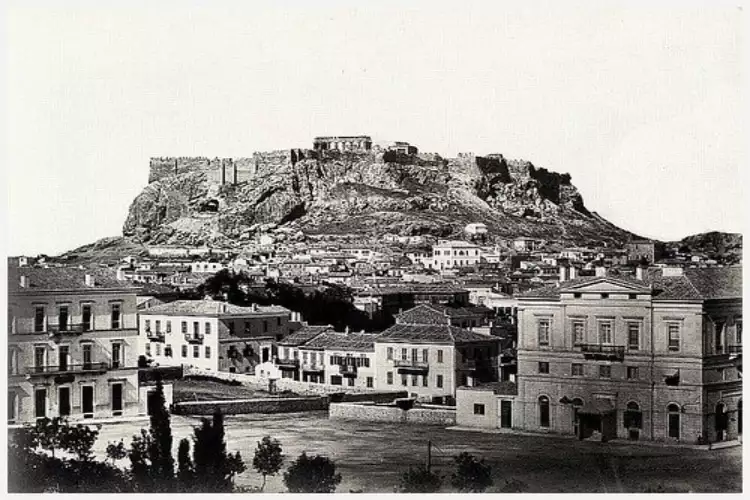
Syntagma Square, 1865. Photographer: Dimitrios Konstantinou
It gradually took the form of a square and in some photos we can see citizens walking on their way to work or just for a walk. Sometime in the early 20th century, Syntagma Square began taking the form of a European standards square . Surrounded by large neoclassical buildings, the streets were attentive and cars were circulating. More and more shops appeared. It was slowly becoming the main meeting place of the residents of the capital city.
This image is only now reminiscent by the historical photographs of old Athens…

Syntagma Square in a letter book dated in 1912

Syntagma. 1950. Photographer: Jean-Baptiste Louis Gro
External photography source: wikipedia.org
Which was The Agamon Square of Athens and why it was called so


